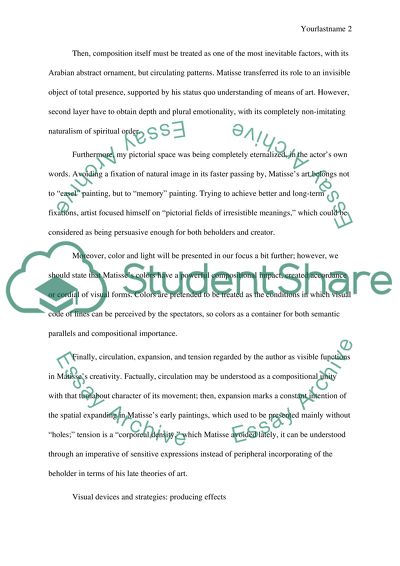Cite this document
(“Ives-Alain Bois on Matisse Term Paper Example | Topics and Well Written Essays - 1750 words”, n.d.)
Ives-Alain Bois on Matisse Term Paper Example | Topics and Well Written Essays - 1750 words. Retrieved from https://studentshare.org/visual-arts-film-studies/1440034-ives-alain-bois-on-matisse
Ives-Alain Bois on Matisse Term Paper Example | Topics and Well Written Essays - 1750 words. Retrieved from https://studentshare.org/visual-arts-film-studies/1440034-ives-alain-bois-on-matisse
(Ives-Alain Bois on Matisse Term Paper Example | Topics and Well Written Essays - 1750 Words)
Ives-Alain Bois on Matisse Term Paper Example | Topics and Well Written Essays - 1750 Words. https://studentshare.org/visual-arts-film-studies/1440034-ives-alain-bois-on-matisse.
Ives-Alain Bois on Matisse Term Paper Example | Topics and Well Written Essays - 1750 Words. https://studentshare.org/visual-arts-film-studies/1440034-ives-alain-bois-on-matisse.
“Ives-Alain Bois on Matisse Term Paper Example | Topics and Well Written Essays - 1750 Words”, n.d. https://studentshare.org/visual-arts-film-studies/1440034-ives-alain-bois-on-matisse.


